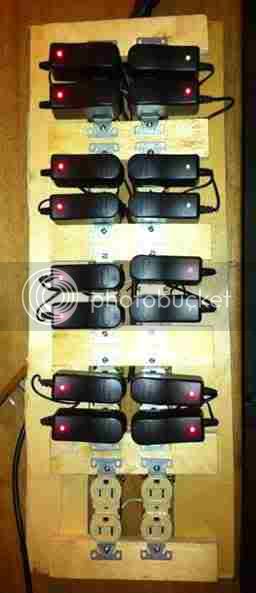It occurred to me that I really don't know the 'details' of how chargers balance a battery pack.
I know that a balanced pack has all the cells within .1 (or better) volt of each other. I know that balance chargers have a discharge circuit. But I don't know how the balance is achieved.
Does the charger limit the charge to individual cells by controlling voltatage and amperage fed to each cell through the balance taps?
Do the discharge circuits kick in to limit the charge voltage to a cell that is too high, or is this a cycle type thing, where the pack is charged and then individual cells discharged to the correct voltage?
What would be the ideal way to do this? Charge each cell individually?
Thanks,
Jim.
I know that a balanced pack has all the cells within .1 (or better) volt of each other. I know that balance chargers have a discharge circuit. But I don't know how the balance is achieved.
Does the charger limit the charge to individual cells by controlling voltatage and amperage fed to each cell through the balance taps?
Do the discharge circuits kick in to limit the charge voltage to a cell that is too high, or is this a cycle type thing, where the pack is charged and then individual cells discharged to the correct voltage?
What would be the ideal way to do this? Charge each cell individually?
Thanks,
Jim.



